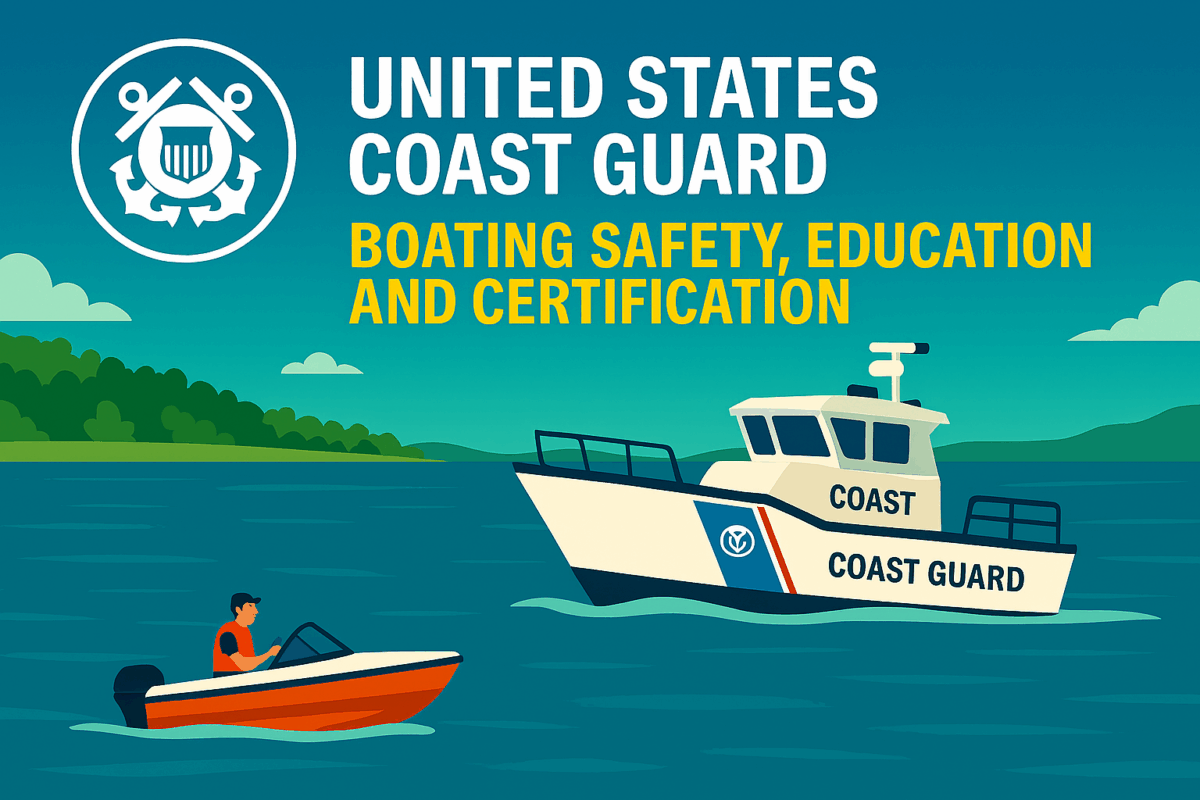Call: 1-800-832-7191

USCG VHF Channel Information
USCG VHF Channel Information Keeps Boaters Connected and Safe
The USCG VHF Channel Information provides essential guidance for boaters who rely on marine radios for communication and emergency response. The U.S. Coast Guard uses specific VHF channels to monitor distress calls, broadcast weather alerts, and coordinate search and rescue operations. Because cell service is unreliable offshore, VHF radios remain the most dependable tool for marine communication. By understanding which channels to use and when, boaters stay informed and protected on the water.
Know the Most Important Channels Before You Launch
Channel 16 is the primary emergency and hailing frequency monitored by the Coast Guard 24/7. Boaters must use it to report emergencies or hail other vessels before switching to a working channel. Channel 22A is used for Coast Guard broadcasts and follow-up communications. Because misuse of these channels can delay real emergencies, boaters should follow proper radio etiquette. Monitoring these channels also keeps you aware of nearby incidents and safety alerts.
USCG VHF Channel Information Supports Emergency Response and Navigation
The USCG VHF Channel Information includes details on channels used for navigation updates, weather forecasts, and maritime safety broadcasts. NOAA Weather Radio is available on channels WX1 through WX7, depending on your location. Because conditions can change rapidly, checking marine forecasts before and during your trip is essential. The Coast Guard also uses VHF to issue Notices to Mariners, which alert boaters to hazards, closures, or changes in navigation aids. Staying tuned in helps you avoid trouble and make informed decisions.
Use VHF Radios Responsibly and Stay Prepared
Boaters should always carry a fully functional VHF radio, even on short trips. Handheld models are ideal for kayaks, paddlecraft, and small boats. Because emergencies can happen without warning, knowing how to operate your radio is critical. Practice using it before you need it. Keep your radio charged and test it regularly. The USCG VHF Channel Information ensures you know which channels to monitor and how to respond in an emergency. Responsible use of VHF radios saves lives and improves coordination on the water.
